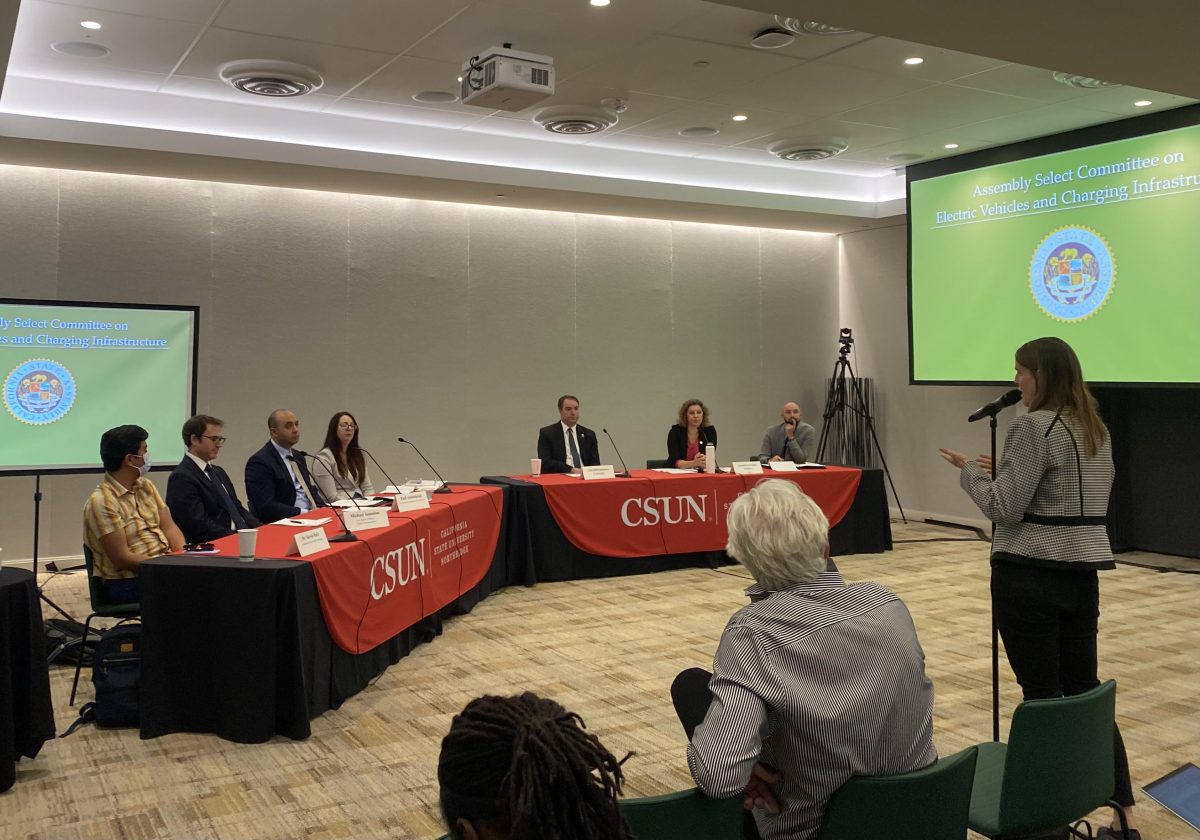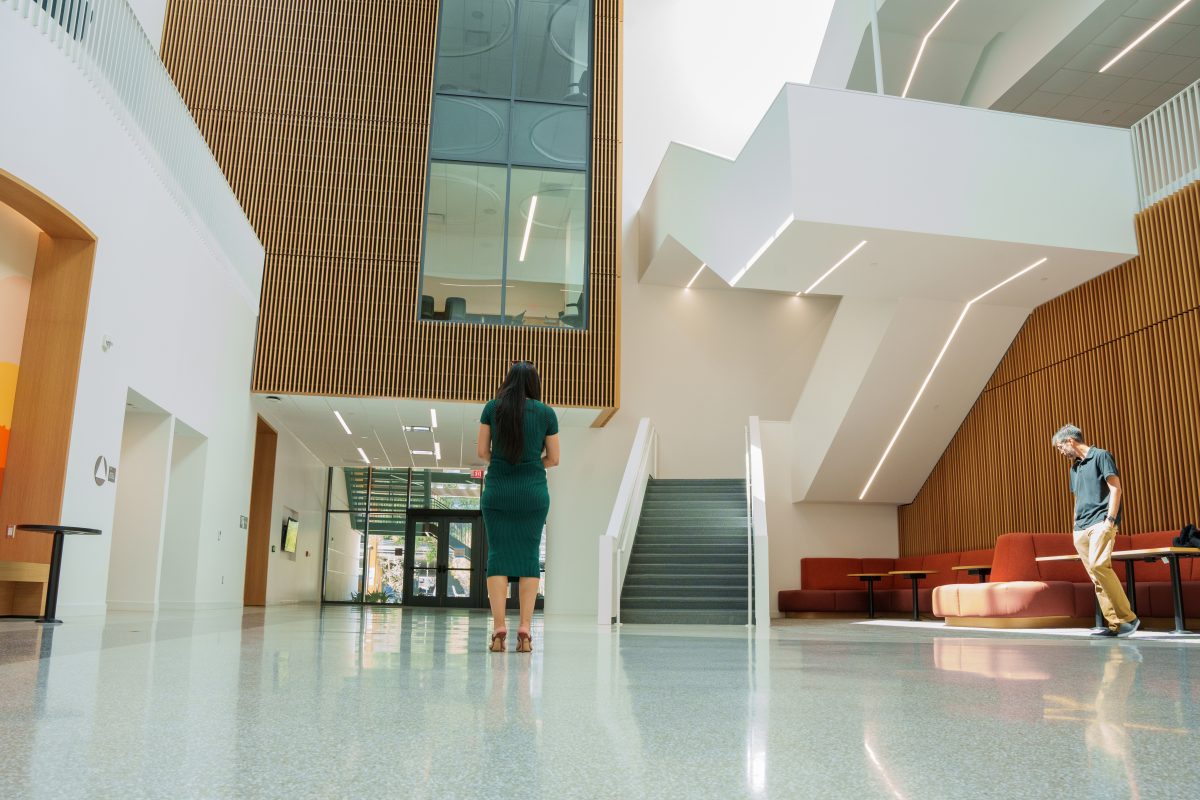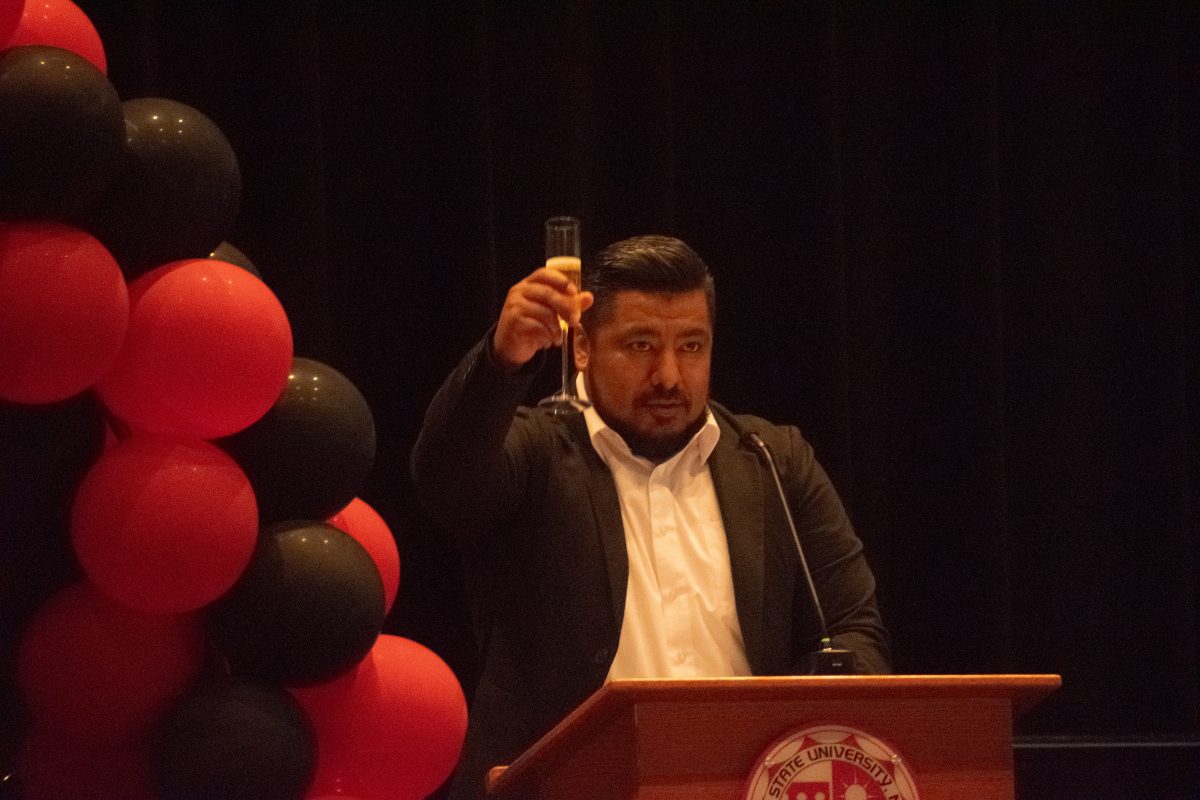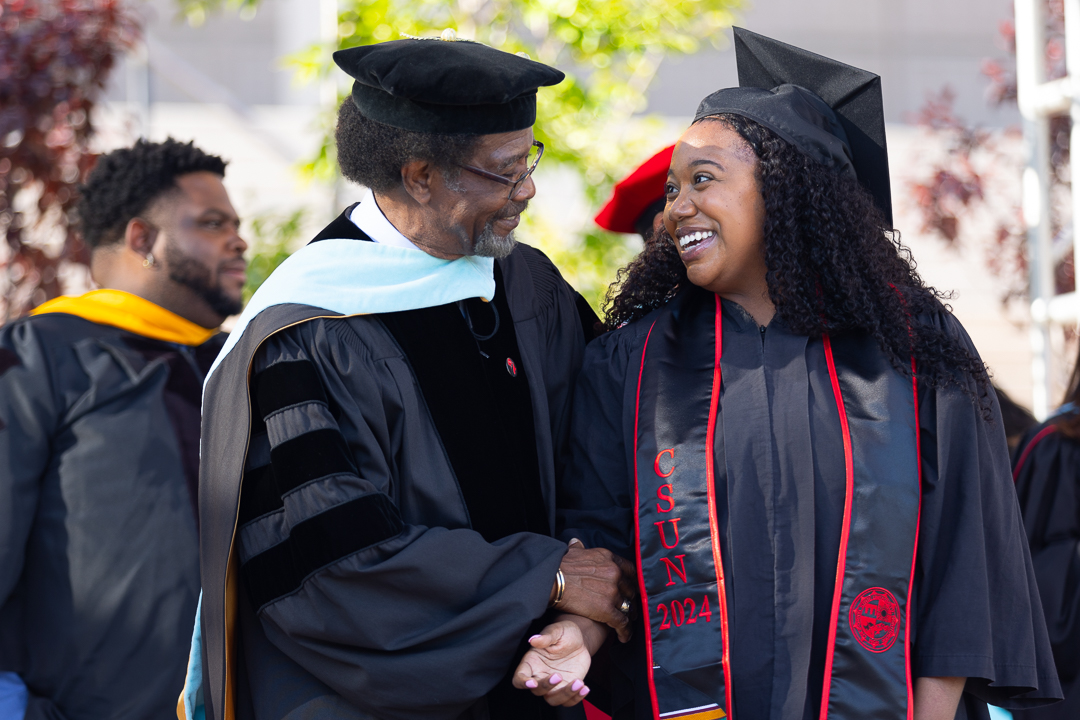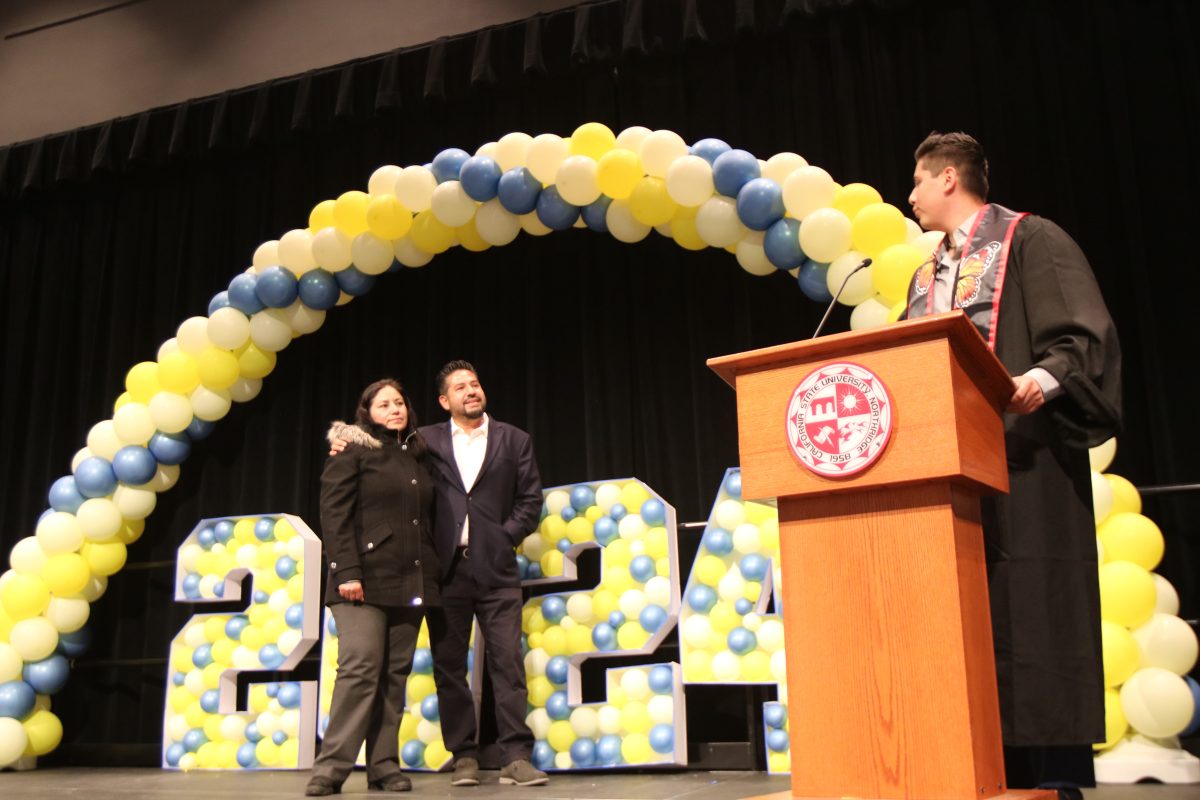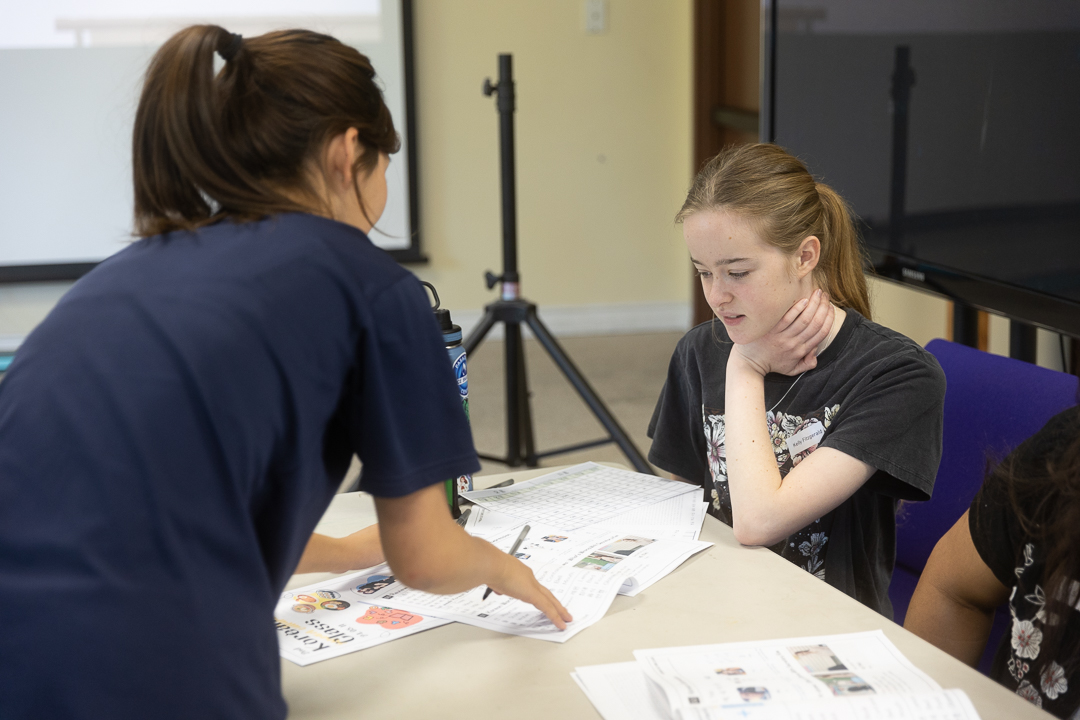If California plans for all new cars, trucks, and SUVs to be electric by 2035, we’re going to need a lot more chargers – about 1.2 million to be exact.
Electric vehicles (EVs) are quickly becoming the future of transportation in California. Since cars and trucks are the largest source of air pollution, the shift to EVs has incredible potential to reduce greenhouse gas emissions and combat global warming.
It’s only possible, though, if charging your EV is easy and accessible. In any case, it may be time to trade in that Ram pickup for a Tesla.
California State Assembly’s Select Committee on Electric Vehicles and Charging Infrastructure discussed the growing need for EV chargers during a hearing held at CSUN on Oct. 24. Committee Chair Pilar Schiavo wanted the hearing to address the unequal access to EV chargers for low-income communities and innovations that will make EVs more accessible.
“We had the hearing today to highlight programs that ensure low-income communities of color and disadvantaged communities have access [to EVs] and that it’s an affordable alternative for them, which is where I think we have the biggest concern about adoption,” Schiavo said.
In 2023, EVs made up 25% of all vehicle sales in California. However, many low-income communities, particularly communities of color, have faced significant barriers to adopting EVs. One barrier is the notable lack of at-home EV chargers for apartments and multifamily housing, according to a CEC study from 2020.
The study also shows that Black and Latinx communities have less access to EV-charging stations nearby than other demographics.
“Many of the houses in Los Angeles are over 100 years old. Some of them aren’t electric vehicle ready,” said Emil Abdelshehid, the power engineering manager at Los Angeles DWP.
Action has been taken to combat this inequity, such as implementing rebate programs to help these communities access EVs and chargers. A car rebate offers the buyer a partial refund of the car’s total price. The Clean Vehicle Rebate Project encouraged Californians to adopt an EV by offering rebates up to $7,500.
Electrifying public transportation could be another way to help get frontline communities access to EVs.
“I think there could be a way of being able to meet people where they’re at,” said Professor Stevie Ruiz, who teaches environmental justice, critical race theory and Chicana/o Studies at CSUN. “That means developing an incentive program for those that are taking public transportation because the people who are in frontline communities, they’re taking the bus.”
It’s not just cars and trucks that are seeing significant innovations. California is working on electrifying its entire transportation fleet, the panelists mentioned at the meeting. According to the California Energy Commission, there has been a rise in zero-emission buses, rideshares, delivery trucks, street sweeps, and even ambulances in recent years.
“There are 44 LADOT electric buses running in the system right now. There’s eight that will be coming online in the next few weeks and about another hundred or so that will be coming into service over the next year,” said Michael Samulon, director of vehicle electrification and city projects at the city of LA.
CSUN has also taken action to make EV charging available for students, faculty, and staff. At least 95% of CSUN students commute to campus, according to a report on commuting practices by CSUN’s Institute for Sustainability. Thus, the number of EV drivers on campus will continue to increase as they become more popular and affordable.
To support those who drive electric cars, CSUN offers 90 chargers on campus, with more to come, explained Austin Eriksson, the director of energy and sustainability at CSUN.
“We will be adding chargers as the demand for them increases. We have plans for installing an additional six to eight chargers with the construction of the Equity Innovation Hub,” Eriksson said. “We will likely be expanding EV chargers in the B2 and E6 parking lots.”
Last year, the California Energy Commission approved a $2.9 billion investment plan to accelerate California’s 2025 EV charging goals. Deploying 250,000 chargers by 2025 is one goal that was discussed during the meeting.
“The success of electrifying California is key to meeting our clean energy goals and reducing greenhouse gas emissions,” Assembly Member Damon Connolly said. “We must get this right and move fast to ensure a cleaner and more sustainable future.”
